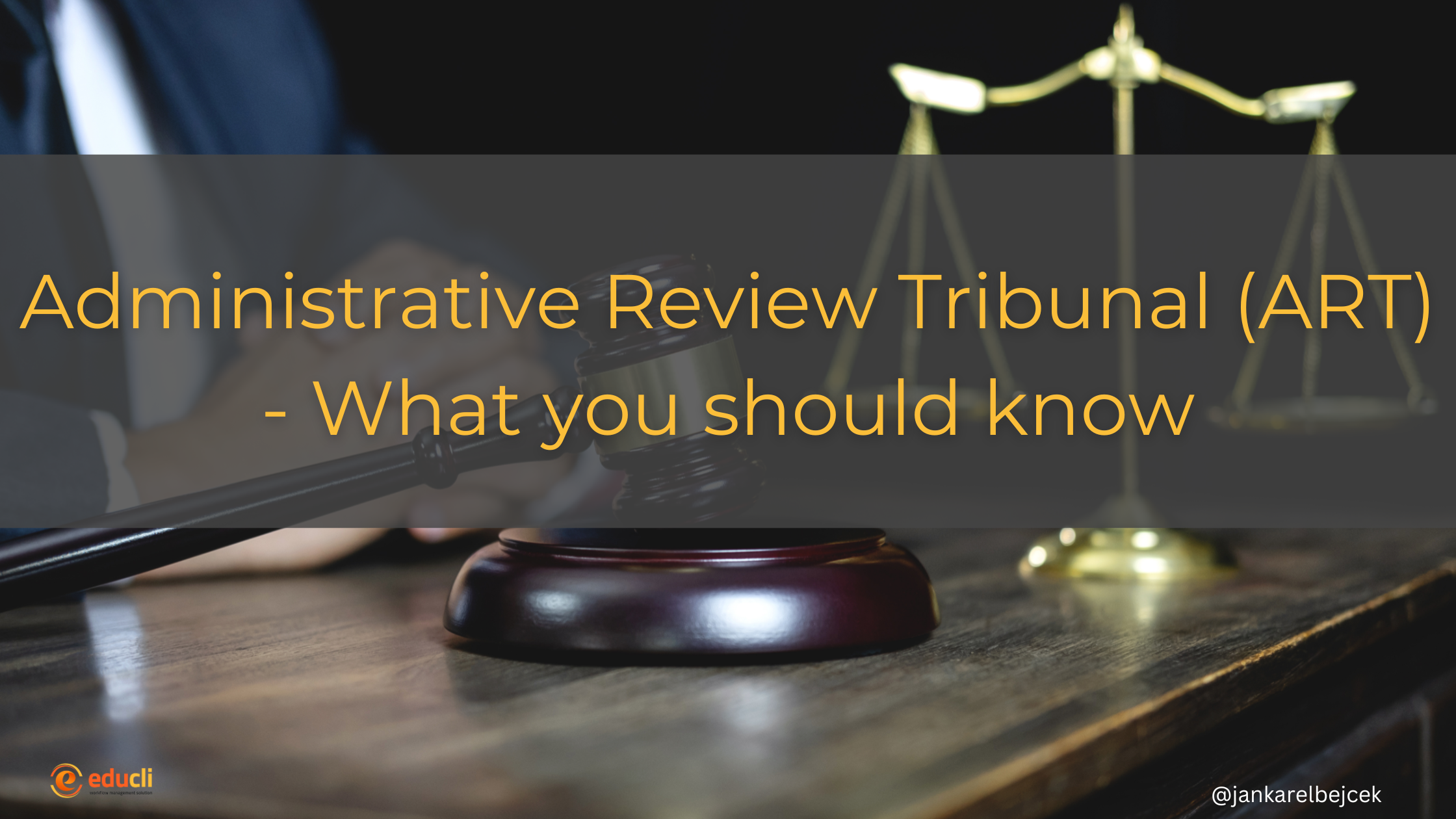Administrative Review Tribunal (ART) – What you should know
The ART replaced the Administrative Appeals Tribunal (AAT) on 14 October 2024.
In this article, we discuss what we do know about the ART so far.
While the ART will be similar to the AAT, there are some planned key improvements:
- More Efficient Process – ART will have better ways to manage changing workloads.
- More Transparent Decisions – With new rules, published codes of conduct, and clear performance standards.
- Greater Trust in Reviews – The ART aims to make government decisions clearer, fairer, and easier to challenge.
The ART is expected to improve the overall experience for people seeking reviews of government decisions. With these changes, the government hopes the ART will provide fair outcomes more quickly and consistently.
The ART’s Power to Dismiss Applications Under Section 101
A key feature of the ART’s framework is its ability to dismiss applications that are frivolous, vexatious, misconceived, or lacking in substance, as outlined in Section 101 of the ART’s governing legislation. This power ensures that the ART remains focused on legitimate cases, preventing time and resources from being wasted on baseless claims.
The Three Key Reasons for Dismissal
- Frivolous, vexatious, or lacking in substance:
- The ART can dismiss a case if it is pointless, intended to annoy or harass, or legally unsound from the start. For example, if someone files a complaint purely to inconvenience a government department, the ART can reject it.
- No reasonable prospects of success:
- If a claim is unlikely to succeed due to insufficient evidence or a failure to meet legal requirements, the ART can dismiss it. For instance, if an applicant claims a decision was unfair but provides no proof to support their argument, the case may be closed under this provision.
What happens if a case is dismissed?
If a case is dismissed, Section 101(2) allows the ART to restrict further applications by the same person. The tribunal can require the applicant to get special permission before submitting similar applications in the future.
For example:
John applies for a visa, but his application is dismissed by the tribunal because he didn’t meet the basic requirements. Afterward, he tries to submit a new application for the same type of visa with only minor changes, hoping to get a different outcome.
How Section 101 works:
- The tribunal notices John’s new application is very similar to the one that was dismissed.
- Under Section 101(2), the tribunal says John must get special permission before he can apply again.
- Section 101(3) ensures that even if John tries to reapply under a slightly different law or visa program, the same restriction will apply, stopping him from submitting repetitive claims without approval.
This rule helps the tribunal stay focused on valid cases and prevents applicants from clogging the system with repeated attempts.
Why applicants should use professionals when submitting their application?
The ART wants to see applications that are strong and well-prepared. If an application is poorly done or lacks proper support, it could get dismissed—and that could also block the person from applying again without special permission.
This means that the applicants should take the application to ART seriously. A proper preparation is important—it improves the chances of success and avoids unnecessary problems.
ART’s focus on genuine applications
By filtering out unfounded or nuisance applications, the ART’s ability to focus on genuine disputes and deliver timely decisions helps maintain the tribunal’s fairness and use of its resources efficiently.
Let us know in the comments your experience with ART so far.
#reviewtribunal #visarefusal #review #visas #studyinginaustralia #educli





Leave A Comment